As a parent, ensuring the safety and well-being of your child is your top priority. When it comes to transportation, one of the most critical aspects of child safety is keeping them secure in your car. Whether you’re a new parent or a seasoned one, this article will guide you on the best practices for ensuring child safety in your vehicle.
-
Use the Right Car Seat
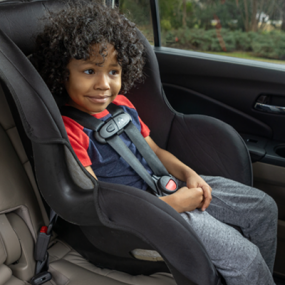
Selecting the appropriate child car seat for your child’s age, weight, and height is the first step in ensuring their safety. The American Academy of Pediatrics (AAP) recommends that infants and toddlers should be placed in rear-facing car seats until at least age 2, or until they reach the seat’s maximum height or weight limits. Afterward, a forward-facing car seat with a harness should be used.
For older children, a booster seat is necessary until they are big enough to use a seatbelt alone safely. Ensure that the car seat is correctly installed and that your child is snugly strapped in.
-
Install the Car Seat Properly
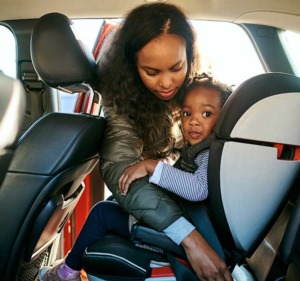
Proper installation of the car seat is crucial. Consult your car’s manual and the car seat manufacturer’s instructions to ensure it is securely installed. Consider getting your installation checked by a certified technician at a local inspection station. An improperly installed car seat can be as dangerous as no car seat at all.
-
Seat Placement
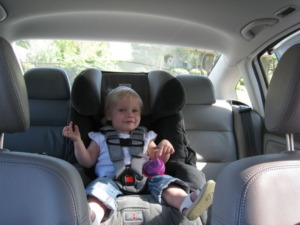
In most cases, the back seat is the safest place for your child. The middle seat in the back is often the most secure, as it provides extra protection from side impacts. Be cautious about placing a rear-facing car seat in front of an active airbag, as this can be extremely dangerous.
-
Buckle Up Every Time

Make it a strict rule that every passenger in your car, including adults, should wear their seatbelt at all times. This sets a good example for your child and reinforces the importance of safety.
-
Eliminate Distractions to Ensure Child Safety

Distracted driving is a leading cause of accidents. Avoid using your phone, eating, or engaging in other distracting activities while driving. Your full attention should be on the road and ensuring your child’s safety.
-
Plan Ahead for Long Trips

If you’re embarking on a long journey, plan accordingly. Make frequent stops to allow your child to stretch, eat, and use the restroom. Bring entertainment such as books, toys, or tablets to keep them engaged during the ride.
-
Educate Your Child

As your child grows, teach them about car safety. Explain the importance of staying seated, not playing with the car’s controls, and wearing their seatbelt. Instilling these habits early will help keep them safe throughout their lives.
-
Car Seat Expiration Dates
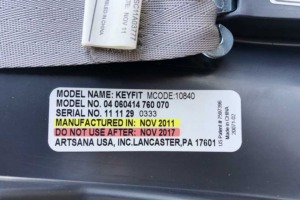
Car seats have expiration dates, and it’s important to be aware of them. The materials used in car seats degrade over time, potentially compromising their safety. It’s crucial to check the manufacturer’s label for the expiration date and replace the car seat when it’s no longer safe to use.
-
Second-Hand Car Seats

While it’s tempting to save money by using a second-hand car seat, this isn’t always the safest choice. You might not know if the seat has been in an accident, and its structural integrity could be compromised. It’s generally recommended to purchase a new car seat or, if you do choose a second-hand one, make sure you know its complete history and that it complies with current safety standards.
-
Stay Informed About Recalls
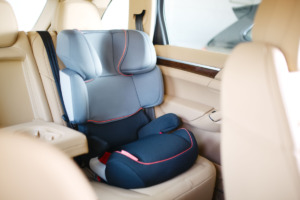
Car seats, like any other products, can be subject to recalls due to safety concerns. Stay informed about recalls by registering your car seat with the manufacturer and keeping an eye on safety-related announcements. If your car seat is ever recalled, follow the manufacturer’s instructions for addressing the issue promptly.
In conclusion, child safety in your car is not an option – it’s a necessity. By using the right car seat, ensuring its proper installation, practicing safe driving habits, and staying informed about car seat safety, you can provide the best protection for your precious cargo. Remember, your diligence in child safety will lead to a lifetime of safe and enjoyable journeys for your family. Always be vigilant and proactive when it comes to the well-being of your child, both on and off the road.
